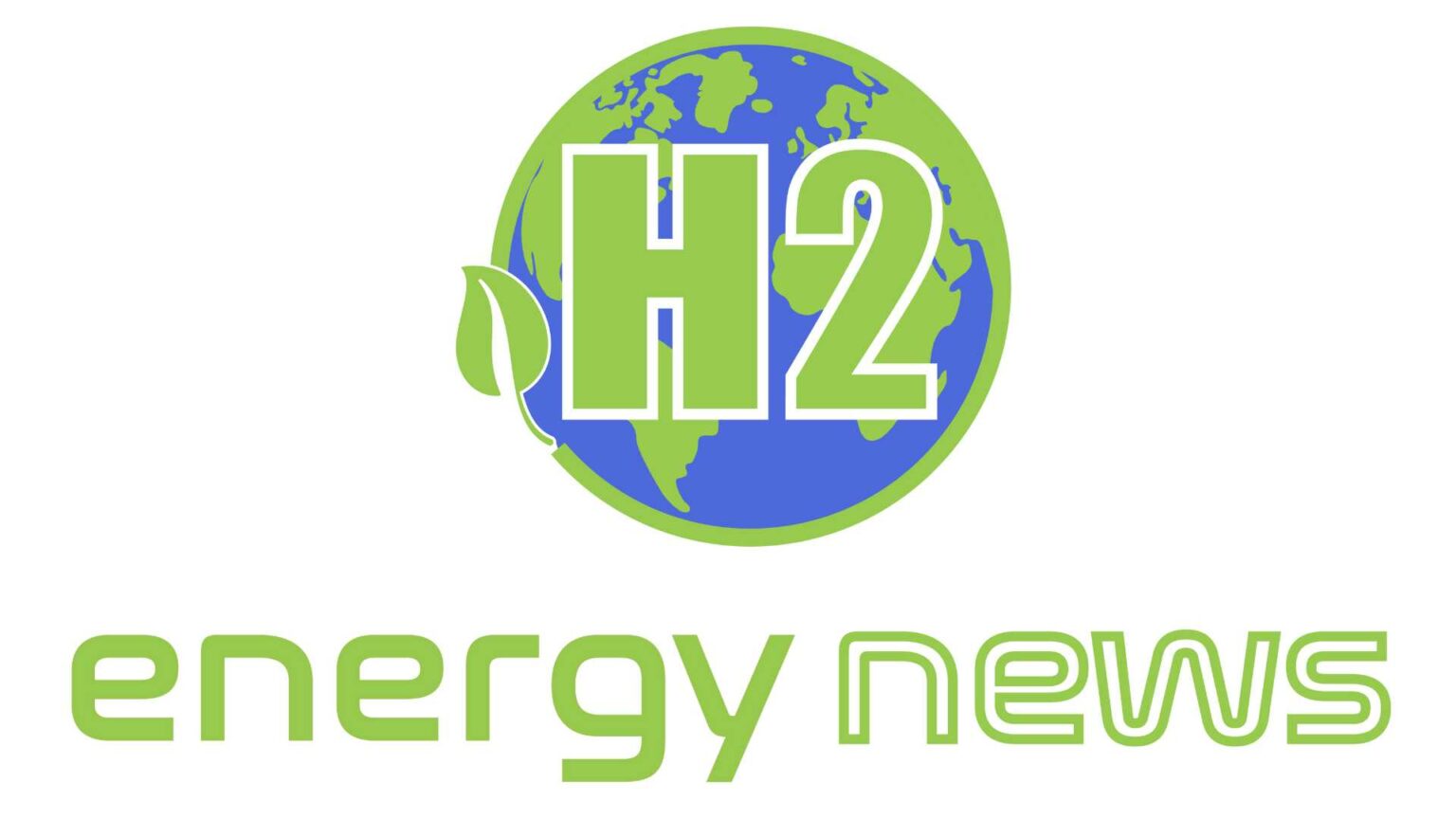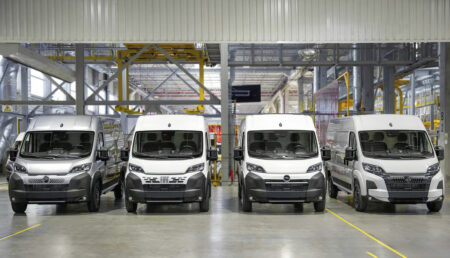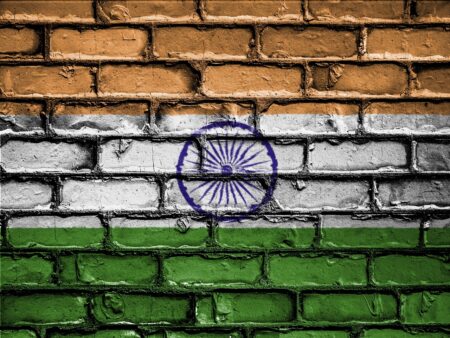TÜV Nord Group has published a current assessment of the hydrogen supply situation.
According to a statement, Canada is currently the main focus as a possible supplier. But there are other countries that could offer themselves in the future, including in Europe.
On the other side of the Atlantic, TÜV Nord sees great potential not only in Canada but also in Chile. According to the study, Chile offers ideal conditions for renewable energies, which are reflected in low electricity prices. Production could be ramped up quickly here, according to TÜV Nord. For transport, however, the sea route remains the only option.
Transport via land routes or pipelines
Denmark, on the other hand, sees transport via pipelines as the best alternative. The country produces hydrogen mainly with wind energy and electrolysis. A pipeline from Norway is also conceivable. In Spain and Morocco, on the other hand, electrolysis in combination with photovoltaics is considered promising – with manageable transport distances, according to TÜV Nord.
Different carrier substances are available for efficient import, explains Carsten Gelhard, head of Hydro Hub, the hydrogen initiative of TÜV Nord Group companies. “In addition to ammonia, the carrier materials with the greatest potential are methanol, liquid organic hydrogen carriers – known as LOHC – or liquid hydrogen, LH2.” Saudi Arabia, for example, is focusing on ammonia as a carrier material for transportation, he said.








